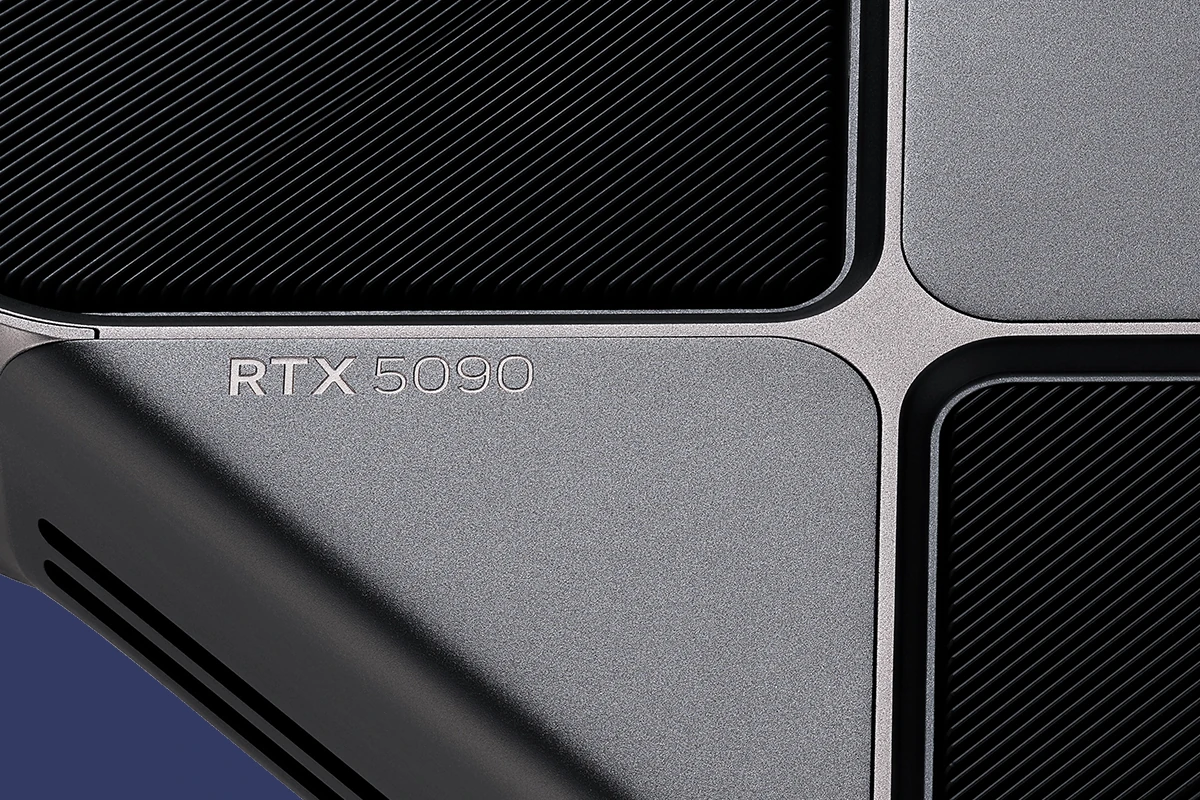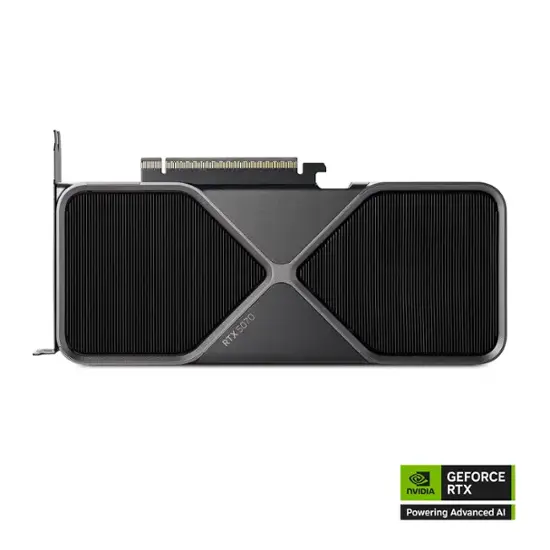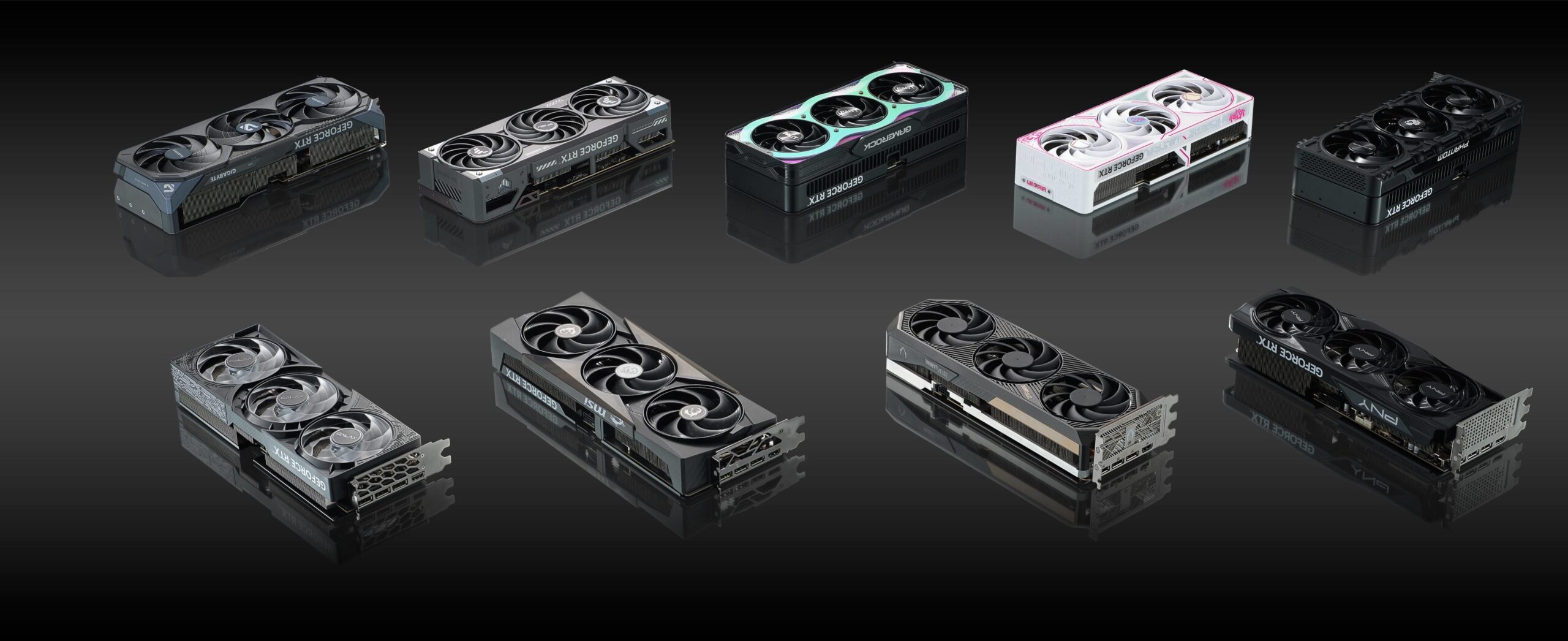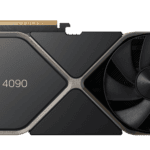The RTX 50-series launch isn’t just another generational bump—it’s a wholesale reshuffle of NVIDIA’s GPU tiers. Gone is the traditional large-die “80-class” chip, and every SKU has shifted to cover the gap. Between die sizes and sticker prices, picking the right card now requires more homework than ever. Let’s break down what each model brings to the table and help you zero in on the GPU that best fits your needs and wallet.

Understanding NVIDIA’s 50-Series Lineup
NVIDIA eliminated its mid-range GB204 die from Blackwell, leaving:
- RTX 5070 (GB205 die, 263 mm²)
- RTX 5070 Ti & RTX 5080 (both on GB203, 378 mm²)
- RTX 5090 (GB202, massive 750 mm²)

That 372 mm² gulf between midrange and flagship silicon is the widest Ever. It isn’t just marketing: NVIDIA is banking on the flagship’s sheer scale to make the rest look more attractive—despite similar underlying hardware on the 5070 Ti and 5080.
Key Factors to Weigh
- Budget vs. Performance
- How much you’re willing to spend is the first gatekeeper.
- Remember: “Ti” and non-Ti siblings share the same die, so clock speeds and pricing dictate real-world gains.
- Resolution and Refresh Rate
- 1080p@144 Hz? RTX 5070 will handle it with headroom.
- 1440p@165 Hz and above? Lean toward the 5070 Ti or 5080.
- 4K or ultrawide high-refresh? RTX 5090’s extra silicon will smooth out the heaviest loads.
- Future-Proofing and Feature Set
- All 50-series GPUs support DLSS 3.5, AV1 encode, Shader Execution Reordering, and Blackwell-specific RT improvements.
- But the bigger die often unlocks higher sustained clocks under heavy RT workloads.
Quick-Reference Comparison
| Model | Die Size (mm²) | Approx. TFLOPs per 100 mm² | MSRP (USD) | Best For |
|---|---|---|---|---|
| RTX 5070 | 263 | ~14.3 | $599 | 1080p/144 Hz gaming, eSports |
| RTX 5070 Ti | 378 | ~15 | $749 | 1440p/120 Hz, mixed-use systems |
| RTX 5080 | 378 | ~15 | $999 | High-refresh 1440p, entry-level 4K |
| RTX 5090 | 750 | ~13.3 | $1,999 | 4K@120 Hz+, ultimate RT perf |
Which Card Suits Your Setup?
- Competitive 1080p Gamers
RTX 5070 delivers excellent frame rates in fast-paced shooters without breaking the bank. - 1440p Enthusiasts & Content Creators
The 5070 Ti bridges mainstream and premium. Its die size matches the 5080, but at a lower entry price—perfect if you aren’t maxing 4K. - Entry-Level 4K
RTX 5080 steps into traditional 80-class territory by name, but it’s really a tuned mid-die. It’s your best bet for 4K at 60 Hz with decent RT settings. - Absolute Performance Seekers
RTX 5090’s large die powers through 4K@120 Hz and above, and its thermal headroom sustains the highest RT and DLSS settings over long sessions.
Making Your Decision
- Match your monitor’s resolution and refresh rate first—overspending on silicon you can’t fully utilize is wasted budget.
- Factor in real-world benchmarks: check reviews for frame-rate deltas between Ti and non-Ti models at your target settings.
- Consider power and cooling: bigger dies demand beefier PSUs and more robust case airflow.
- Think long term: if you plan to upgrade your monitor or dive deeper into content creation, a few extra FPS today could extend upgrade cycles by years.
By sizing up die structures, performance metrics and your own use case, you’ll navigate NVIDIA’s price shuffle with confidence—and land on the RTX 50-series card that truly delivers value for you.
Additional Key Buying Tips for the 50-Series
- System Power Requirements Matter
Each RTX 50-series card demands a serious PSU upgrade compared to older generations:- RTX 5090 – 1000W recommended
- RTX 5080 – 850W recommended
- RTX 5070 Ti – 750W recommended
- RTX 5070 – 650W recommended
- Case Size and PCIe Slots
The 50-series cards, especially the 5090, are physically massive. Double-check your case’s clearance and cooling layout. Also, while PCIe 4.0 motherboards will run these GPUs fine, a PCIe 5.0 slot helps squeeze out a few extra performance points, especially at the ultra-high end. - Monitor Upgrades Can Unlock More GPU Performance
Most RTX 50-series cards come ready for HDMI 2.1 and DisplayPort 2.1 output. To take full advantage—like hitting 4K at 120Hz—you’ll need a modern monitor that supports those standards. Otherwise, you won’t fully tap into what these cards can do. - Stock and Pricing Fluctuations
Initial supplies of 50-series GPUs are tight, and MSRP is a moving target depending on demand. Some cards, especially the Founders Editions, are sold through Nvidia’s Verified Priority Access program, which offers early purchase windows. If you see a card you want at or near MSRP, it’s wise to move quickly. - Choosing Based on Primary Usage
- 4K Gaming & Heavy AI Workloads: Go for RTX 5090 to dominate at the highest settings and future-proof for years.
- High-End 1440p or Moderate 4K: The RTX 5080 offers a huge generational leap at a far more accessible price.
- Midrange Gaming Sweet Spot: The RTX 5070 Ti handles 1440p gaming superbly with extra headroom for ray tracing and DLSS 4.
- Budget-Friendly, E-Sports Focus: The RTX 5070 punches well above its weight for competitive 1080p/144Hz and casual 1440p setups.
Bottom line: This generation isn’t just about raw frame rates—it’s about fitting the right silicon to your display, your power setup, and your long-term plans. Choose carefully, and the RTX 50-series will be a rock-solid upgrade for years to come.







